
Gov. Jared Polis highlighted the importance of regional collaboration to battle the destructive wildfires and other landscape challenges that have become "less of an anomaly, and more the norm" on the opening day of the Colorado workshop for the Working Lands, Working Communities Initiative.
The first day of the event also included conversations about expanding forest management infrastructure and collaboration conservation between states and federal partners. WGA Executive Director Jim Ogsbury, in opening remarks, reminded that WGA Chair Initiatives “drive to action. They are not merely ‘talk fests,’ but produce important policies and deliverables with measurable impacts."
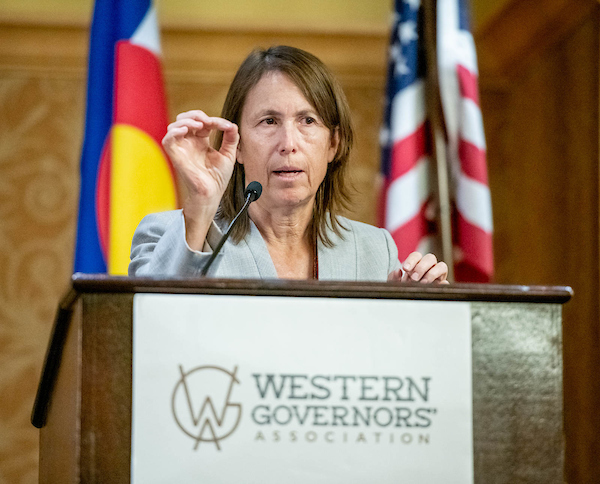 Lesli Allison, Executive Director of the Western Landowners Alliance, noted during her keynote that the need for leadership in land management is "urgent, but that leadership is not just up to the governors, it’s up to us as the stakeholders.”
Lesli Allison, Executive Director of the Western Landowners Alliance, noted during her keynote that the need for leadership in land management is "urgent, but that leadership is not just up to the governors, it’s up to us as the stakeholders.”
You can view all of the sessions from the workshops for the central policy effort of WGA Chair, Idaho Gov. Brad Little, by clicking on the links below.
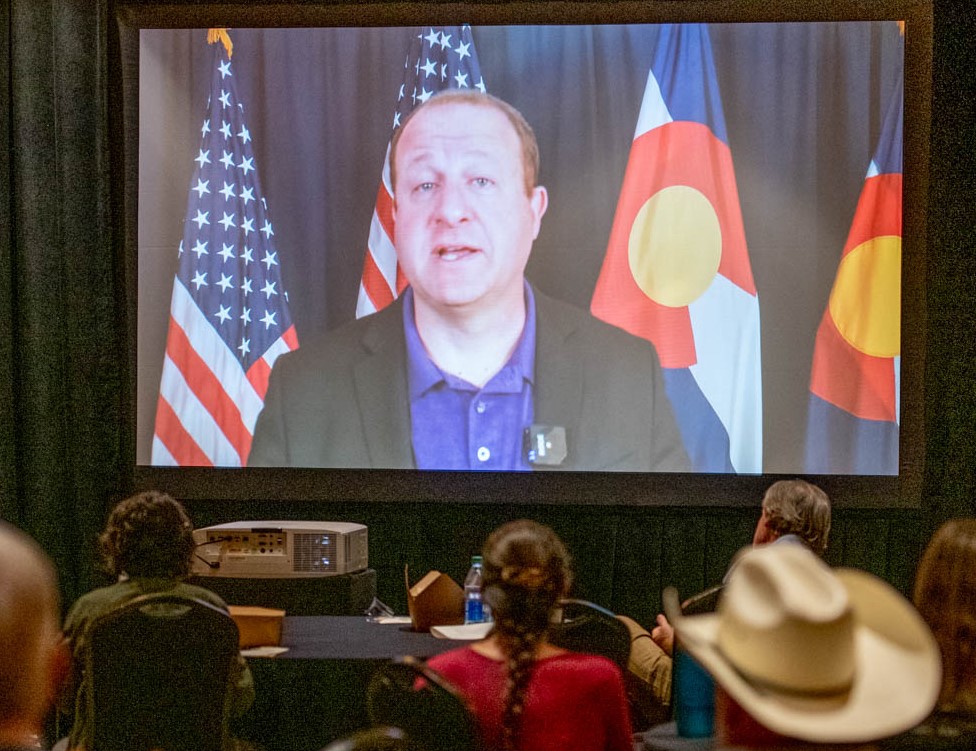 WATCH: Introductory Remarks by Colorado Gov. Jared Polis: The Governor was introduced by WGA Executive Director Jim Ogsbury. The Governor's keynote outlined the many challenges to effective land management in Colorado and the West. After noting the impact of wildfires, and resulting mudslides, in Colorado, the Governor noted “these events are less of an anomaly, and more the norm.” The best way to confront these issues, he concluded, is through regional collaboration, and “WGA is an essential partner in bringing states together and fostering an environment of collaboration and creativity.”
WATCH: Introductory Remarks by Colorado Gov. Jared Polis: The Governor was introduced by WGA Executive Director Jim Ogsbury. The Governor's keynote outlined the many challenges to effective land management in Colorado and the West. After noting the impact of wildfires, and resulting mudslides, in Colorado, the Governor noted “these events are less of an anomaly, and more the norm.” The best way to confront these issues, he concluded, is through regional collaboration, and “WGA is an essential partner in bringing states together and fostering an environment of collaboration and creativity.”
WATCH: Keynote by Lesli Allison, Executive Director, Western Landowners Alliance: Highlights from the keynote included:
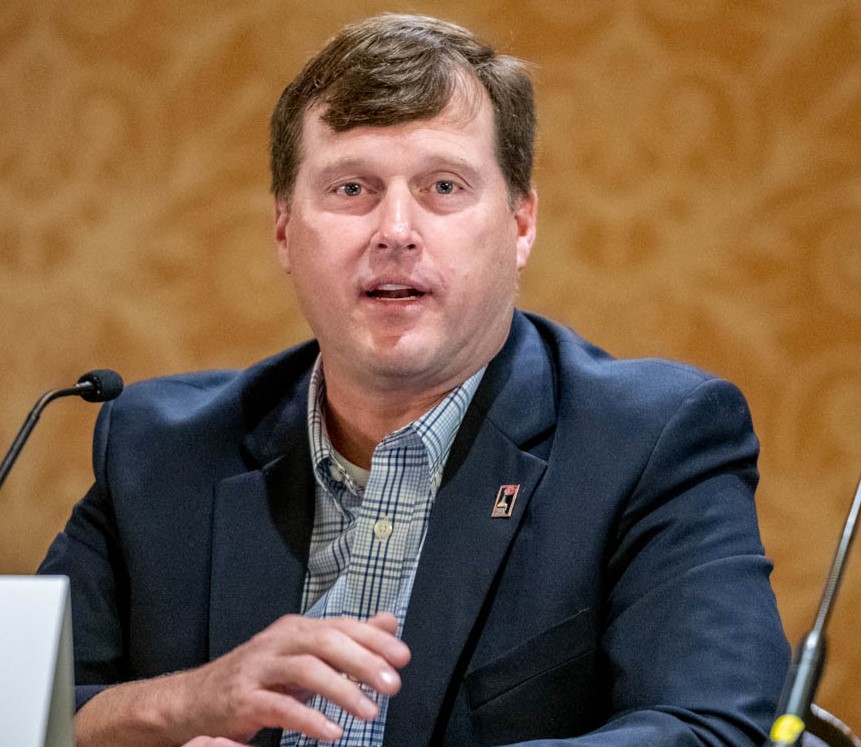 “When you have shared goals, a willingness on the part of key stakeholders and partners to come together, positivity, and the right resources, all kinds of good things can happen”
“When you have shared goals, a willingness on the part of key stakeholders and partners to come together, positivity, and the right resources, all kinds of good things can happen”
“Our need for leadership is urgent, but that leadership is not just up to the governors, it’s up to us as the stakeholders.”
“What we must do together is create a culture of shared stewardship, both of land and of people, across boundaries and jurisdictions, and I hope this initiative will take us a step closer in that direction.”
WATCH: Roundtable I – Post-Fire Restoration Needs: This panel explored the importance of quick, coordinated action after a wildfire to limit further environmental impacts and begin the social and economic recoveries for affected communities. Troy 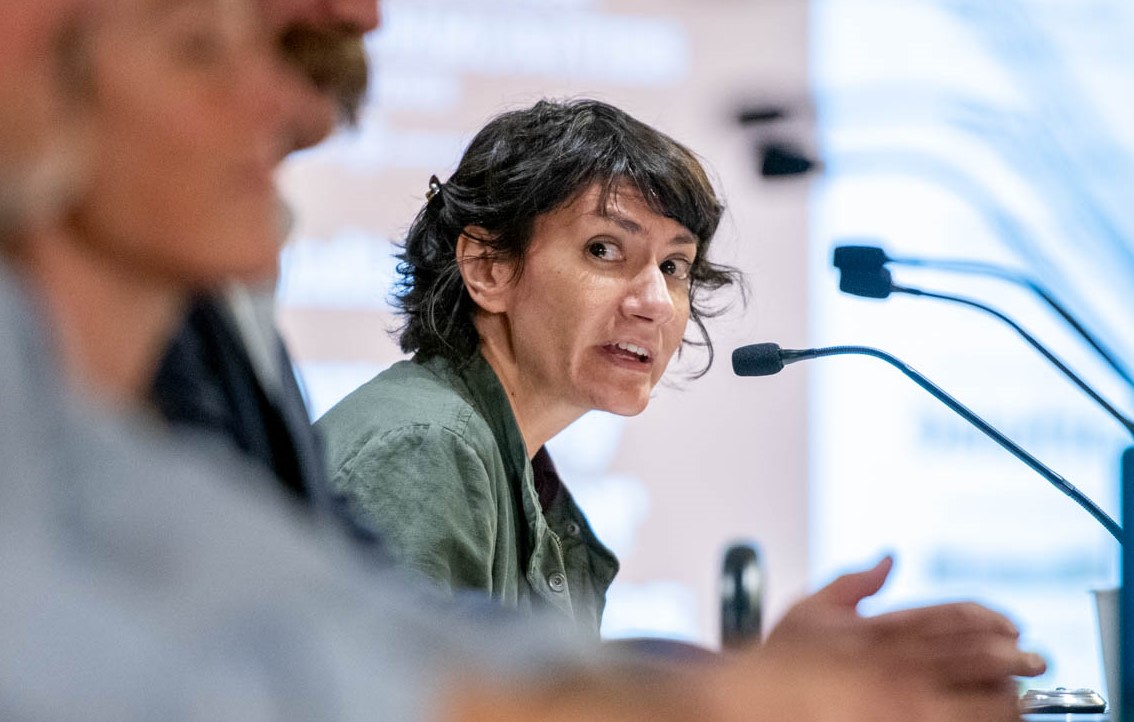 Timmons, WGA's Director of Federal Relations and Strategic Initiatives, moderated the conversation. Highlights from the conversation included:
Timmons, WGA's Director of Federal Relations and Strategic Initiatives, moderated the conversation. Highlights from the conversation included:
Laura Schweitzer, Executive Director, Council of Western State Foresters: “There is a false idea that we need more money. And we do! But we need a bunch of other stuff too … we should be careful to not let “more money” be the only part of the conversation we focus on."
Mike Zupko, Executive Director, Wildland Fire Leadership Council: “Forestry and land management agencies have separated fire management from land management. That’s one of the biggest challenges, how we re-integrate that is a huge challenge.”
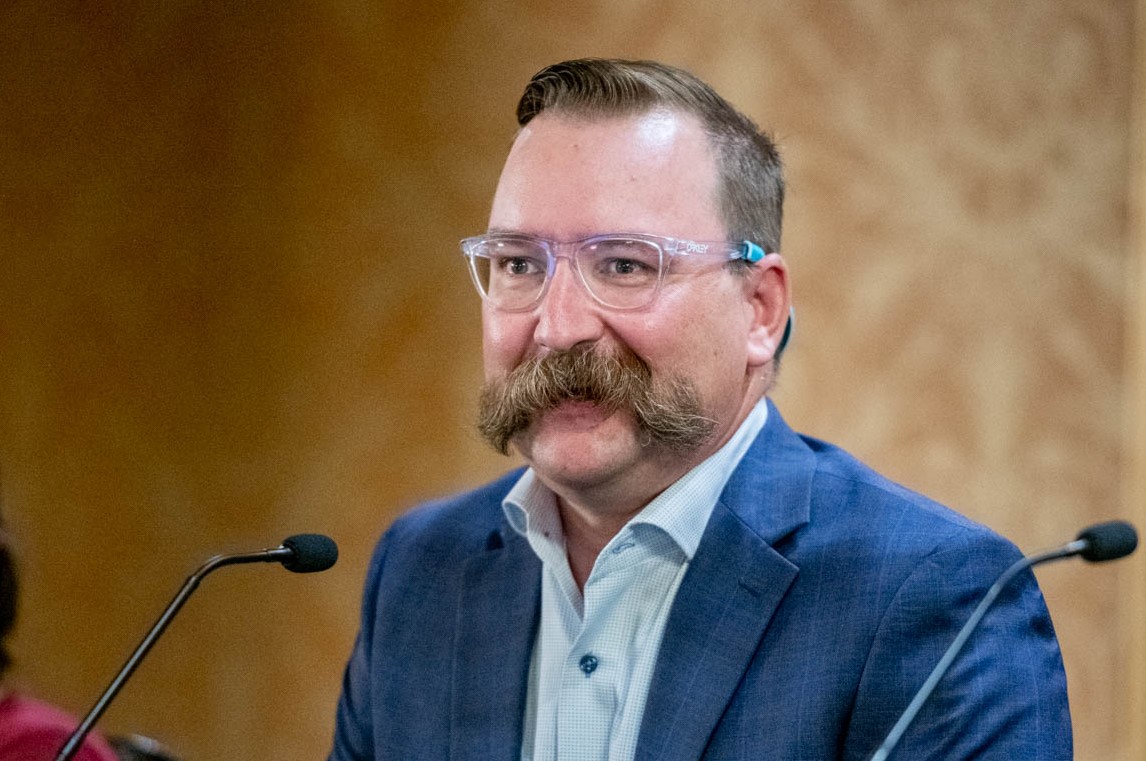 WATCH Roundtable II – Community Capacity for Collaboratives: This panel examined the role of local communities in successful forest and rangeland collaboratives. Panelists discussd strategies to foster and sustain capacity for local leadership and long-term community engagement. Highlights from the conversation included:
WATCH Roundtable II – Community Capacity for Collaboratives: This panel examined the role of local communities in successful forest and rangeland collaboratives. Panelists discussd strategies to foster and sustain capacity for local leadership and long-term community engagement. Highlights from the conversation included:
Ch'aska Huayhuaca, Research Associate, Colorado Forest Restoration Institute, Colorado State University: “Colorado has generated a lot of collaborative solutions to forest health and resilience challenges … and each one has coordinating capacity gaps that need cultivation and support and funding. At the end of the day, robust community capacity is at the heart of collaboration at all levels.”
Jonas Feinstein, State Conservation Forester, USDA Natural Resources Conservation Service: "We need to transform our metrics from acre-based to outcome based. Part of that is making sure that we don’t just count acres, but make acres count. That means it’s going be in the hard, nasty, contentious places, but your best dollars will be spent, sometimes, in those places.”
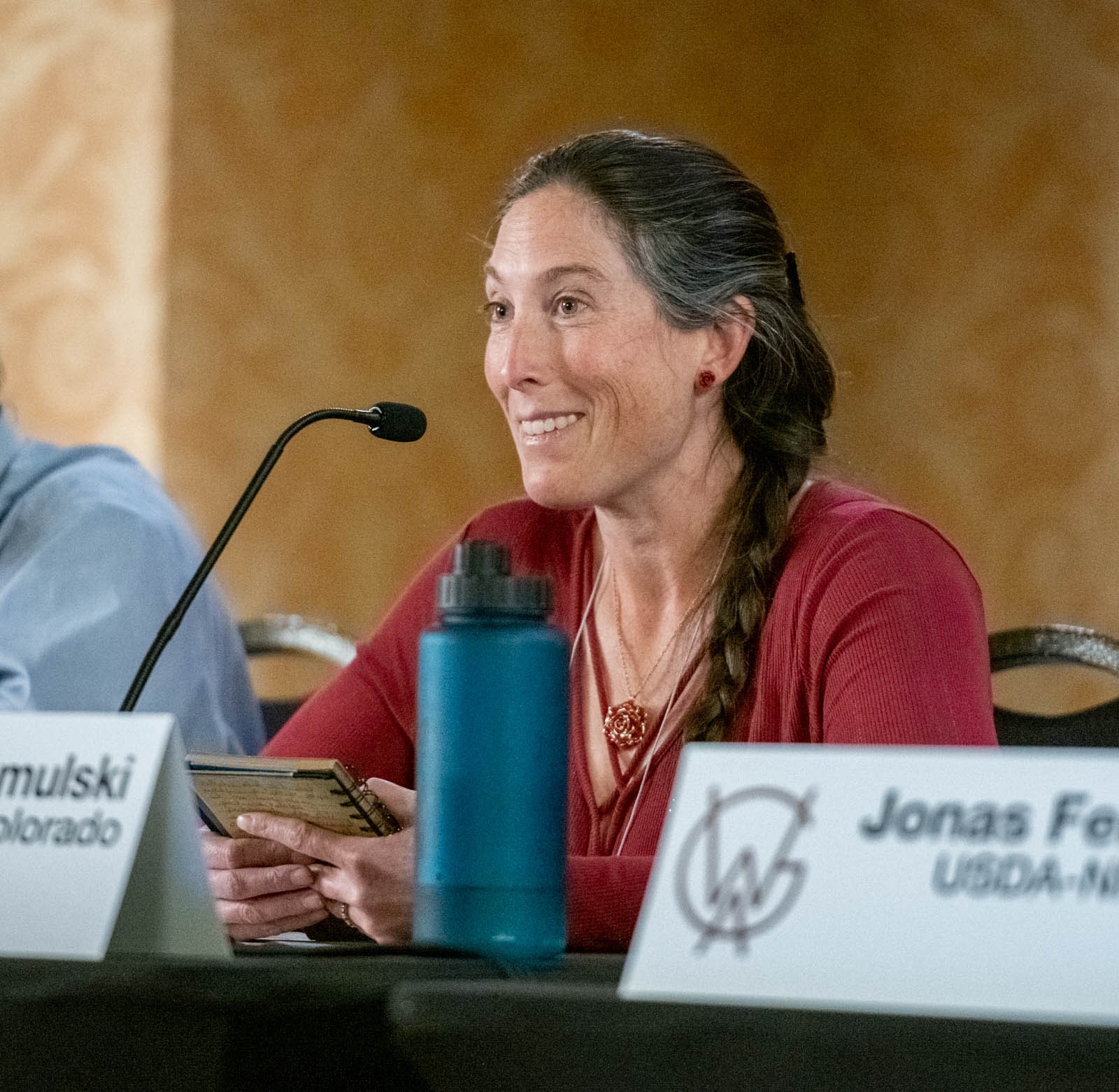 Rebecca Samulski, Executive Director, Fire Adapted Colorado: “It’s time to look at the larger landscape and get ahead of these post-fire impacts.”
Rebecca Samulski, Executive Director, Fire Adapted Colorado: “It’s time to look at the larger landscape and get ahead of these post-fire impacts.”
Paige Lewis, Deputy State Director and Director of Conservation Programs, The Nature Conservancy in Colorado: "The ability to sustain commitment, and energy and momentum over time is a huge challenge ... Changing agency policy and priorities can have a big impact on sustaining momentum and funding”
Aaron Kimple, Director of Forest Programs, Mountain Studies Institute: “When you say forest health, it implies that a healthy forest doesn’t have disease and fire. We know that’s just not true. Disease and fire are part of the systems.”
WATCH Roundtable III – Forest Management Infrastructure: The panel trained its focus on the challenge of maintaining and expanding infrastructure needed for effective forest management, and also discussed federal resources available to support economic development tied to restoration and forestry. Highlights from the conversation moderated by Jim Neiman, President/CEO, Neiman Enterprises, included:
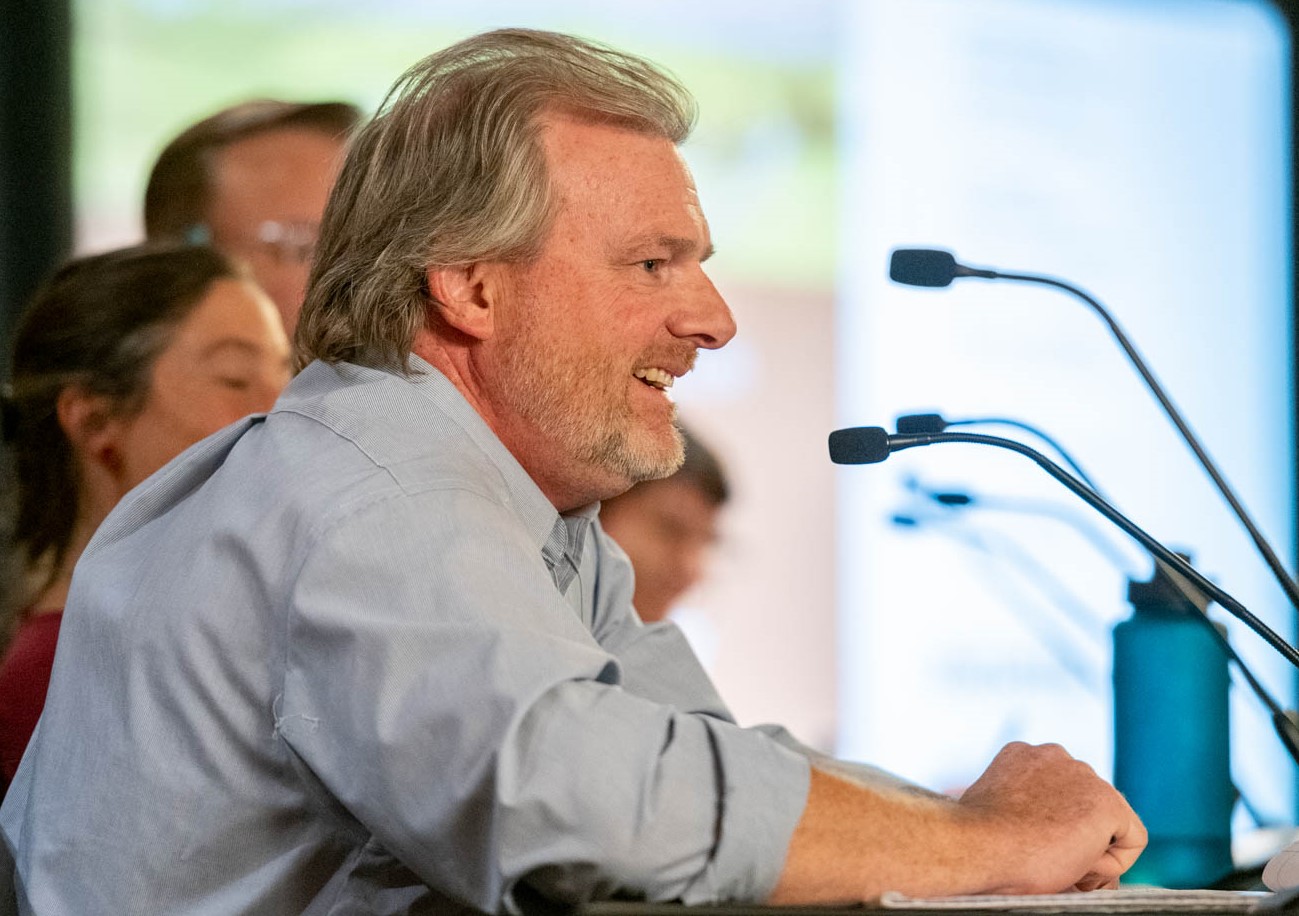 Emily Olsen, Rocky Mountain Region Director, National Forest Foundation: “We are interested in building community health and resilience along with forest health and resilience."
Emily Olsen, Rocky Mountain Region Director, National Forest Foundation: “We are interested in building community health and resilience along with forest health and resilience."
Nate Anderson, Research Forester, U.S. Forest Service: “Treatment is needed, but oftentimes very costly … many benefits we see from treatments are non-market benefits.”
Ben Wudtke, Executive Director, Intermountain Forest Association: “Looking at dead trees on our forests should be viewed as an ephemeral supply. We don’t want to build forest around treating dead trees – we want to build around live trees and being proactive on the landscape.”
WATCH: Roundtable IV – Collaborative Conservation: This panel highlighted opportunities for state-federal collaboration on conservation activities, including efforts to improve habitat for western species. Highlights from the conversation included:
Brad Crowell, Director, Nevada Department of Conservation and Natural Resources: “We are at an inflection point and a moonshot opportunity with all the one-time federal funding coming, potentially, coming down the line.”
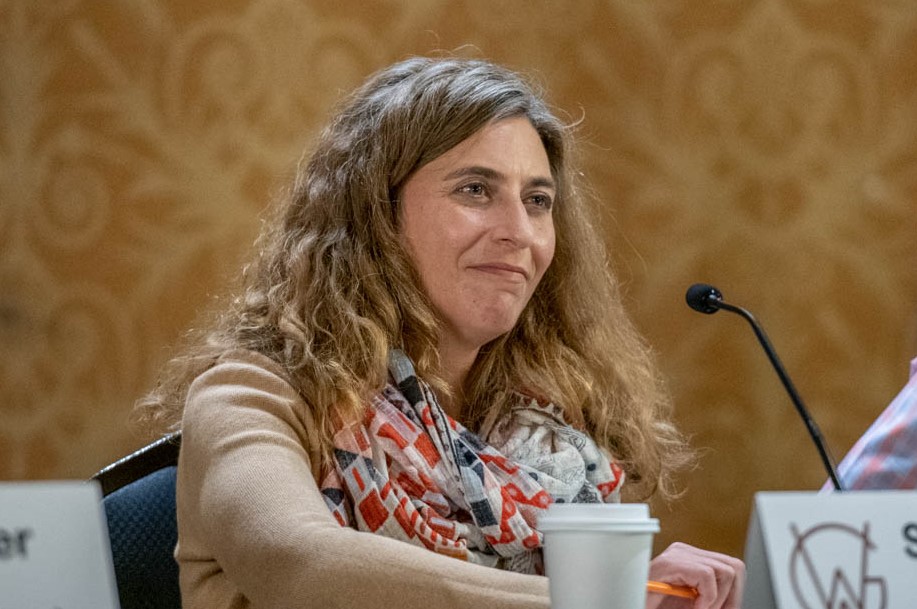 Sarah Greenberger, Associate Deputy Secretary, US Department of the Interior: "Working Lands for Wildlife Projects … are great examples of how collaboration can work.”
Sarah Greenberger, Associate Deputy Secretary, US Department of the Interior: "Working Lands for Wildlife Projects … are great examples of how collaboration can work.”
Nada Culver, Deputy Director of Policy and Programs, Bureau of Land Management: “Different places have different emphases…it’s the challenge and the opportunity to bring people to the table and we’ll be doing more of it.”
Tim Mauck, Colorado Department of Natural Resources: "It will be impossible to achieve any meaningful conservation targets in this area without the flexibility to draw upon incentive-based conservation tools.”
Clint Evans, Colorado State Conservationist, USDA Natural Resources Conservation Service: “A state conservationist’s primary role is to bring the collaborative together, and be part of the conversation, and then at times, to be honest, get out of the way.”
WATCH: Roundtable V – Audubon Rockies Conservation Ranching Initiative: The Conservation Ranching Initiative is working to save grassland birds by enlisting and assisting America’s ranchers to implement conservation ranching practices on 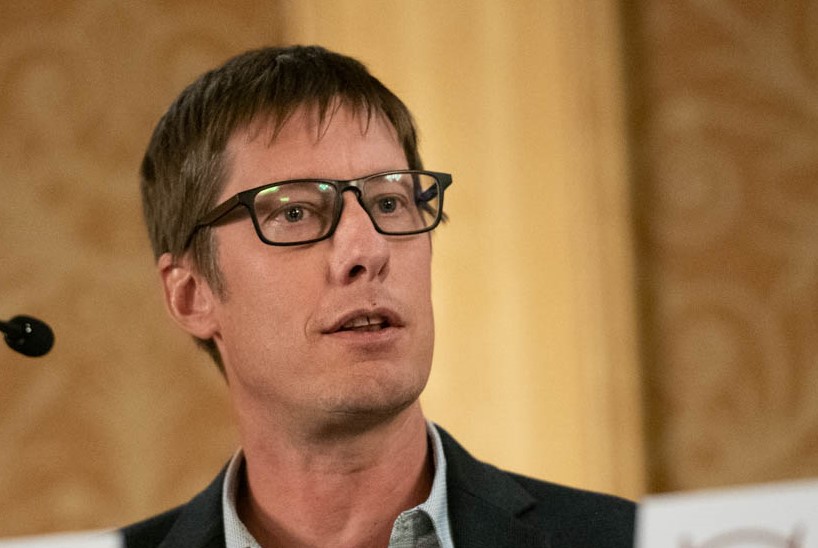 hundreds of thousands of acres in Wyoming, Colorado, Nevada and Montana. Panelists discussed the program’s success in harnessing and scaling the ranching community to revive grassland ecosystems. Highlights from the conversation included:
hundreds of thousands of acres in Wyoming, Colorado, Nevada and Montana. Panelists discussed the program’s success in harnessing and scaling the ranching community to revive grassland ecosystems. Highlights from the conversation included:
Dustin Downey, Conservation Ranching Coordinator, National Audubon Society: “Ranchers are the stewards and managers of huge chunks of land. They are the linchpin for all the habitat.”
Melina Cep, Vice President, Natural Solutions and Working Lands, National Audubon Society: “Grasslands are working lands and they are critical parts of the working communities.”
Farley Green, Marketing Manager, Conservation Ranching, National Audubon Society: “(I) use my marketing background to empower consumers to be part of the solution.”
Dallas May, May Ranch: “Every decision we make is not an experiment. Every decision we make goes directly toward 'Are we going to be able to make our mortgage payments?' ”
Adrienne Larrew, Corner Post Meats: “Your food dollar can have a conservation value. That’s what’s exciting for us – connecting with others who give a damn.”
WATCH Roundtable VI – Forestry and Restoration Workforce Development: This panel addressed workforce challenges that limit collaborative conservation and active forest management. Panelists shared workforce needs to sustain healthy 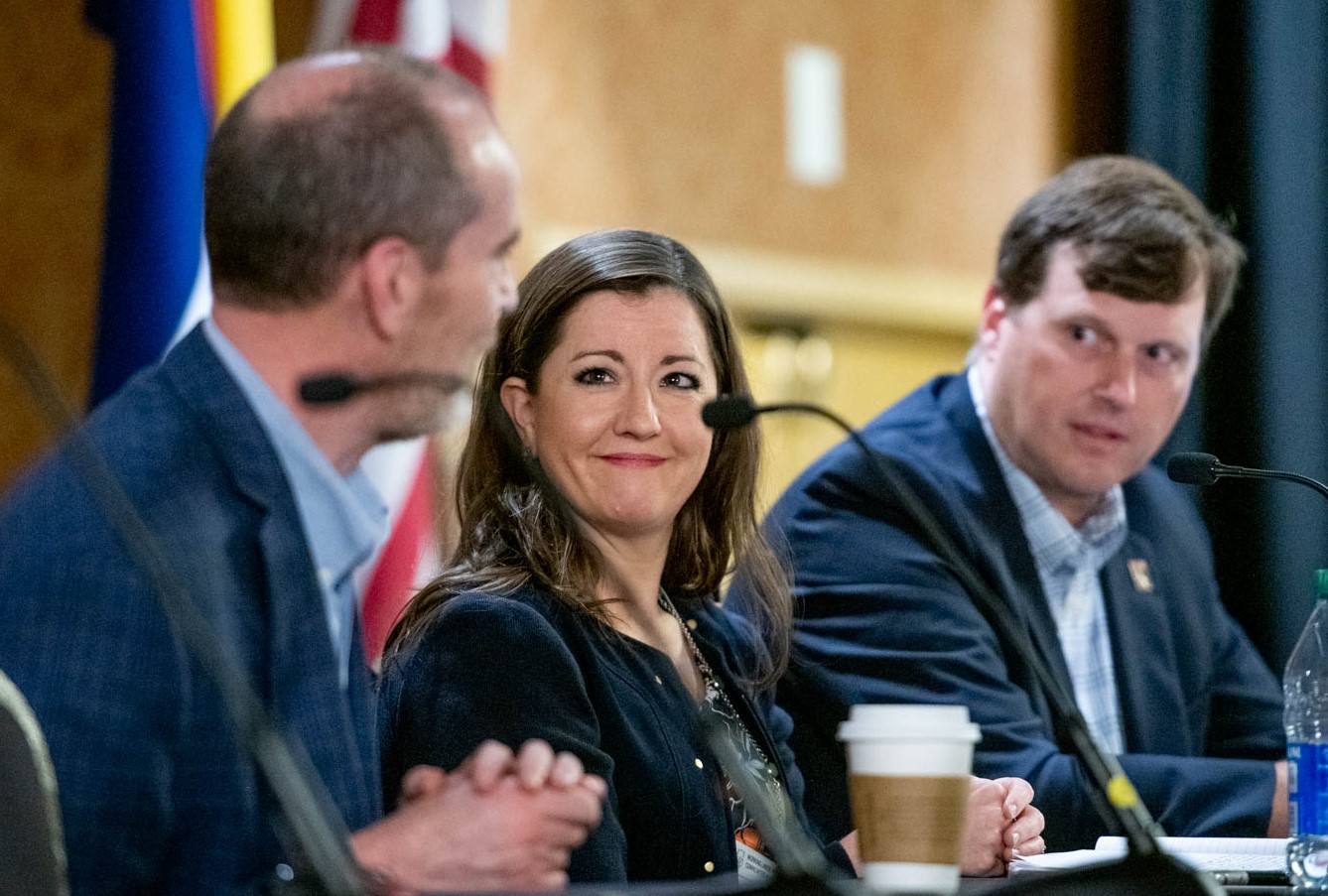 working lands and working communities and discussed actions to help rural communities build those competencies and expertise. Highlights from the conversation, moderated by Rebecca Samulski, Executive Director, Fire Adapted Colorado, included:
working lands and working communities and discussed actions to help rural communities build those competencies and expertise. Highlights from the conversation, moderated by Rebecca Samulski, Executive Director, Fire Adapted Colorado, included:
Molly Pitts, Executive Director, Colorado Timber Association: “Civilian Conservation Corps could potentially be a huge resource in workforce development, but we need to do more in terms of a transition program from Civilian Conservation to their career.”
Tim Reader, Program Specialist, Wood Products Utilization & Marketing, Colorado State Forest Service: “The wealth of resources that are becoming available to address economic and workforce issues may be at its greatest point now.”
Julie Keniry, Program Manager, Rural Engagement and Vitality Center: “Veterans are a great population of people to keep in mind when creating these (workforce development) opportunities.”
WATCH: Roundtable VII – Optimizing Data Use in Land Management Processes: Understanding federal, state and local data collection and sharing is an integral part of land management planning processes and determining funding priorities. Panelists discussed strategies and technologies to protect private landowner data and better integrate state and local data into land management planning processes. Highlights of the discussion included:
Joel Lisonbee, Regional Drought Coordinator for the Intermountain West Region, NOAA National Integrated Drought Information System: “Standards in data is really important for us especially… if two datasets aren’t standardized, it creates room for error.”
Jonathan Shuffield, Associate Legislative Director, Public Lands, National Association of Counties: “It's important for state and local government to understand the need for good data to improve management plans and decisions made by federal agencies.”
Laura Schweitzer, Executive Director, Council of Western State Foresters: “Data is the fundamental building block for how we plan and make decisions and hold ourselves accountable.”
Teal Wyckoff, Technical Services Manager & Associate Research Scientist, Wyoming Geographical Information Science Center: “We have a sense of hesitation about sharing data and making it too easily accessible. That is a barrier that we’re working past ... but we have a lot more room to grow there. Yes, the dataset may not be perfect ... but we need to get it out (there nonetheless).”
THE FIRST WORKSHOP of the Initiative was held in Salt Lake City, where Gov. Spencer Cox implored the federal government to work closely with states on the pressing land management issues facing the West. Watch the Utah workshop.
Registration is open for WGA's 2021 Winter Meeting at the Loews Coronado Bay Resort in Coronado, Calif. on Dec. 9-10. Register here for the Winter Meeting.